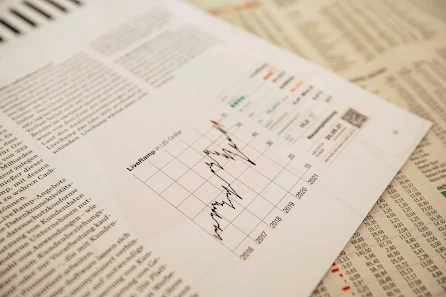Risk management and setting stop losses are crucial elements of any trading strategy, including when trading Bank Nifty. Here's how you can effectively implement risk management and set stop losses:
Determine Risk Tolerance: Assess your risk tolerance by considering factors such as your trading capital, financial goals, and emotional ability to handle potential losses. This will help you establish a risk tolerance level that aligns with your trading strategy.
Position Sizing: Calculate the appropriate position size for each trade based on your risk tolerance and the distance to your stop loss level. Consider using a percentage of your trading capital or a fixed monetary amount as a guide for position sizing.
Set Stop Loss Levels: Identify key support or resistance levels, chart patterns, or technical indicators to determine your stop loss level. Your stop loss should be placed at a level where, if the price reaches it, it indicates that your trade thesis is no longer valid. This helps protect your capital from excessive losses.
Adjust Stop Loss Based on Volatility: Consider adjusting your stop loss level based on the volatility of Bank Nifty. Higher volatility may require wider stop loss levels to allow for price fluctuations, while lower volatility may warrant tighter stop loss levels.
Trailing Stop Loss: Implement a trailing stop loss strategy to protect profits and secure gains as the trade moves in your favor. A trailing stop loss is adjusted periodically or based on specific price movements to lock in profits while allowing the trade to continue running if the market remains favorable.
Stick to Your Stop Loss: Once you have set your stop loss level, it is crucial to adhere to it. Avoid the temptation to move your stop loss further away from the entry point in the hope of a reversal. Doing so can expose you to larger losses and undermine your risk management strategy.
Regularly Monitor and Adjust: Continuously monitor your trades and regularly assess their performance. If necessary, adjust your stop loss levels based on changing market conditions, price action, or new information that could affect the trade's outcome.
Review and Learn: Analyze your trades, including those with stop losses triggered, to learn from both successful and unsuccessful trades. Identify patterns, evaluate the effectiveness of your stop loss levels, and make necessary adjustments to improve your risk management approach.








.jpg)
0 Comments